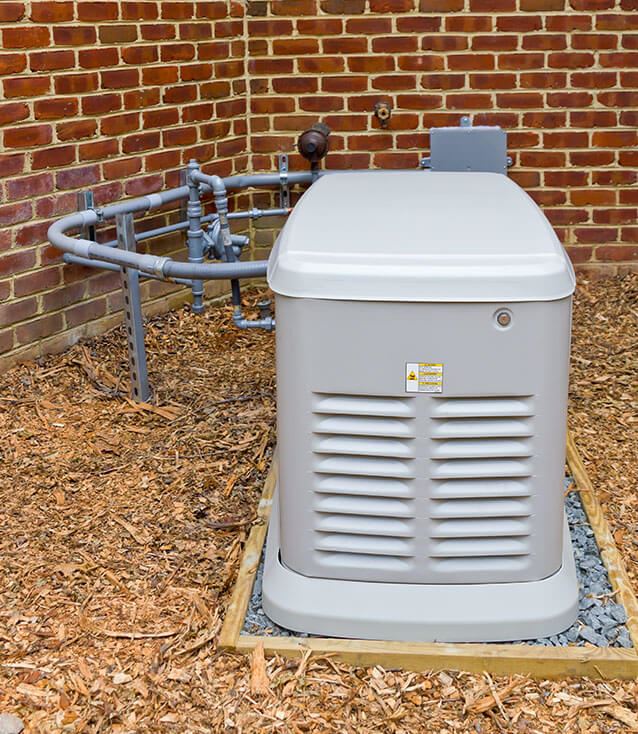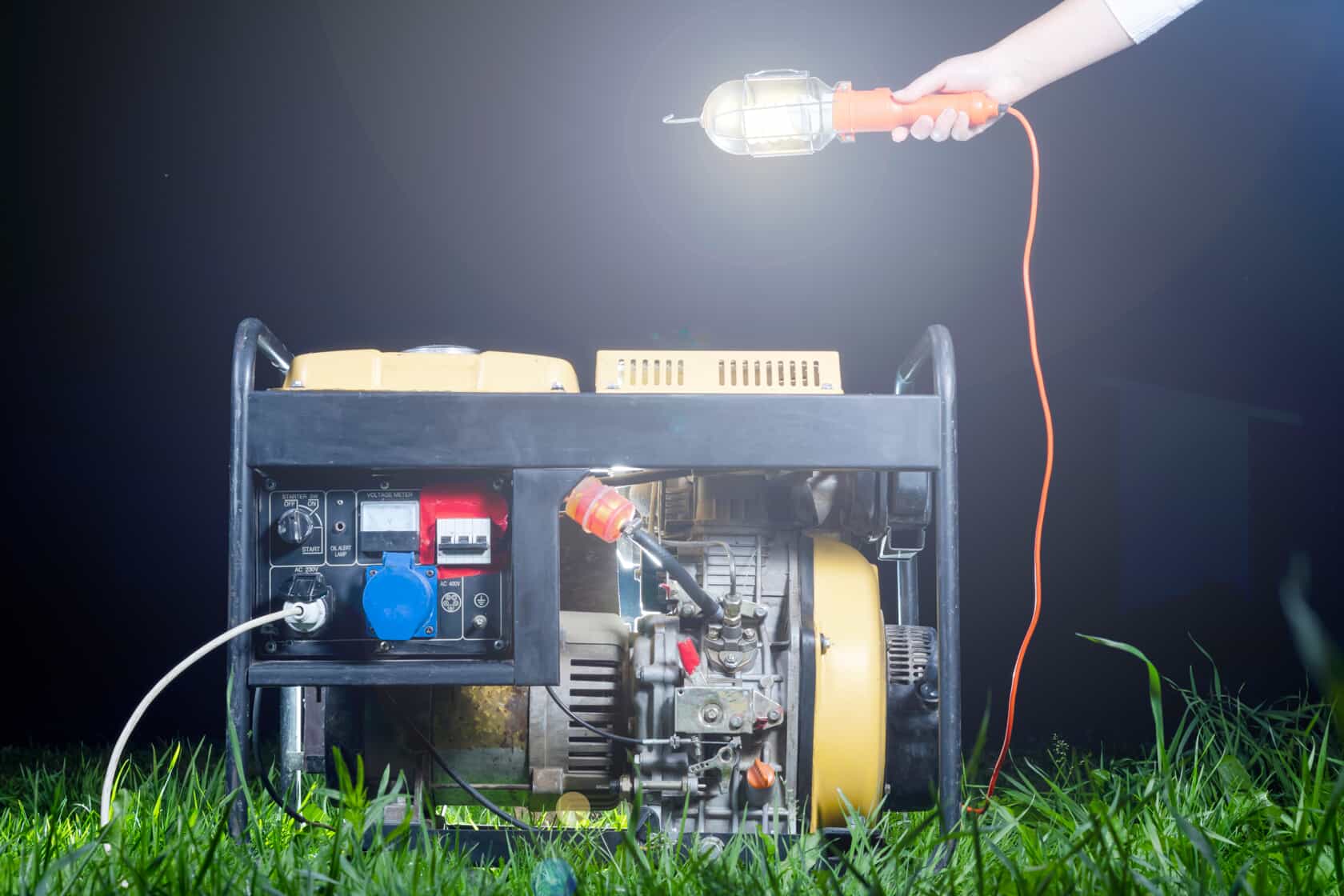With our lives becoming more dependent on energy, our tolerance for power outages is shrinking right along with it. We can scarcely afford to be without power for even a small amount of time these days, so many people are turning to generators to ensure they have the reliable source of backup power that they need when the grid goes down. Whether it’s due to extreme weather, a sudden surge in the grid, or excessive demand that public utilities can’t keep up with, a generator is a great tool to have on hand in order to keep your home at least partially powered.
However, there are thousands of generator models on the market these days, so how do you know you’re choosing the right one? Sure, there are feature differences, warranties, and a number of other factors, but there may be no more important measurement to consider than your generator’s size. What’s the right size for you? This blog will help you figure that out with some helpful tips on generator sizing and matching your purchase to your home.
Portable Generators vs. Standby Generators
When you dive into the world of generators, the first thing you will learn is that there are two primary types of generators: portable generators and standby generators.
- Portable generators, as their name implies, can be moved around from place to place, so you can use them wherever you need to (though some aren’t exactly easy to move, as medium to larger models can weigh hundreds of pounds). People use them for going camping, running events at parks, or really for just about any situation where power is needed but none is conveniently found. However, they are also great for providing a limited amount of power during an outage. They vary in sizes and styles, but pretty much all of them operate using a small gas engine, a generator, and an inverter all installed in one package. These generators are by far the more common of the two.
- Standby generators, on the other hand, cannot be moved once installed. These often-large boxes are permanently set up somewhere on your property (usually right outside your home) where they can be permanently wired into your electrical system. Standby generators are always “on standby,” meaning they are always ready to fire up and start generating power when you need it. When they detect a power outage, they fire up automatically and quickly restore electrical power to your property.
Standby generators are powered using a natural gas or liquid propane connection, meaning that you don’t ever have to worry about refueling the tank to keep the power running. Most are capable of running for days on end without interruption, and this makes them great for power outages caused by weather-related emergencies. However, you can’t pack one of these up and take it out to the campground with you. They are also by far the more expensive of the two options, often running well into the thousands of dollars to purchase and install.
Sizing a Generator for Your Whole House
 There is an extremely important rule to follow when it comes to choosing a generator: you can’t have too much, but you can have too little. Having too much generator power won’t really hurt you, but it can be a waste of money and fuel. Unless you need the full capacity of a large generator, it will continue to burn through fuel at a quicker rate, and that means your initial investment and your operating costs alike will both be much higher. You will have the power you need, but you might come to regret buying a system that is too large in the long run for this reason.
There is an extremely important rule to follow when it comes to choosing a generator: you can’t have too much, but you can have too little. Having too much generator power won’t really hurt you, but it can be a waste of money and fuel. Unless you need the full capacity of a large generator, it will continue to burn through fuel at a quicker rate, and that means your initial investment and your operating costs alike will both be much higher. You will have the power you need, but you might come to regret buying a system that is too large in the long run for this reason.
On the other hand, a generator that is too small is far, far worse. When your power demands exceed the power output of a generator, your generator’s inverter will fail, and you’ll have to unplug things and reset the breaker in order to restore power. This severely limits what you are able to do at any given time, and you might not even have the power to operate something that you might crucially need, like a heater during a cold winter night or a cooking apparatus you need to feed yourself and your family. Any way you look at it, a generator that is too small is a serious problem, so you’ll want to avoid it.
How To Choose the Right Size Generator
So how do you figure out what size generator you need? Everybody has different power demands, and likewise, every home is different. Therefore, every home is going to answer this question differently. the first question you need to ask yourself is whether you’re looking for a “bare essentials” approach that allows you to turn on only basic devices, or if you’d be interested in having a few more comforts available to you. Bear in mind that the more power you need, the bigger and more expensive the generator you need will be.
Here are some generator sizes you may wish to consider:
- 7 kilowatts. The “bare essentials” option would be something around roughly seven kilowatts. Generators in this size range can typically power just about everything you might need in your home with the exception of your largest energy-consuming products. You can reasonably run something like a few lights around your house (more if you have LED lighting), some small cooking appliances, and even a fan or two. However, these systems do not have the power output to handle larger appliances like your electric dryer or washer, your well pump, an electric-powered water heater, electric range, or your central heating or air conditioning system. Likewise, running too many small things can also still overload these generators.
- 14 kilowatts. Looking for a little more than that? Step up to the 14-kilowatt size. These units provide enough power for the low-energy devices listed above, plus some of your higher-power appliances too. These systems can handle electric space heaters, electric-powered water heaters, and even your electric dryer or washing machine. This makes them much more ideal for your weather-related power outages, which might last for many hours or even days at a time. However, they won’t be able to handle all of these things at once, so you should limit your use to no more than one or two of them at a time.
- 20+ kilowatts. Finally, if you really want a completely uninterrupted home that functions exactly like it normally would, consider installing a 20 to 25-kilowatt size generator. These units will handle just about everything under your roof—including several of your largest energy consumers all at the same time. In other words, life will pretty much proceed as normal. We would still advise avoiding running all of your most energy-intensive devices all at once, but a generator this size is often plenty for the average home.
To learn more about installing a generator in your home, contact the team at HomeWiz by dialing (207) 506-2232 today!



